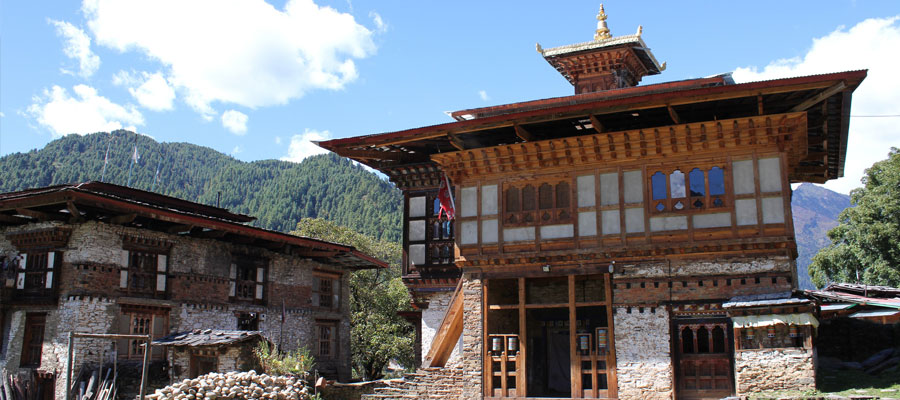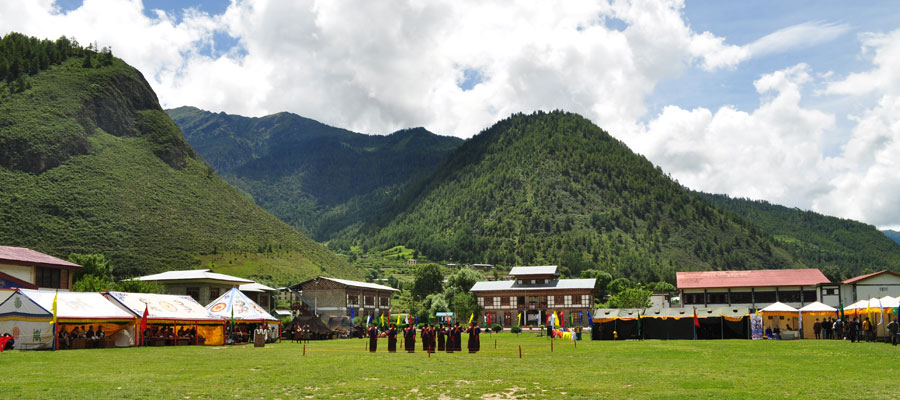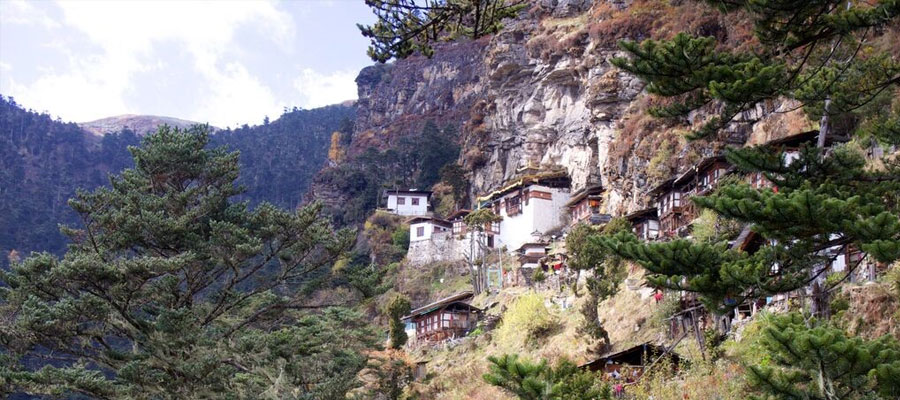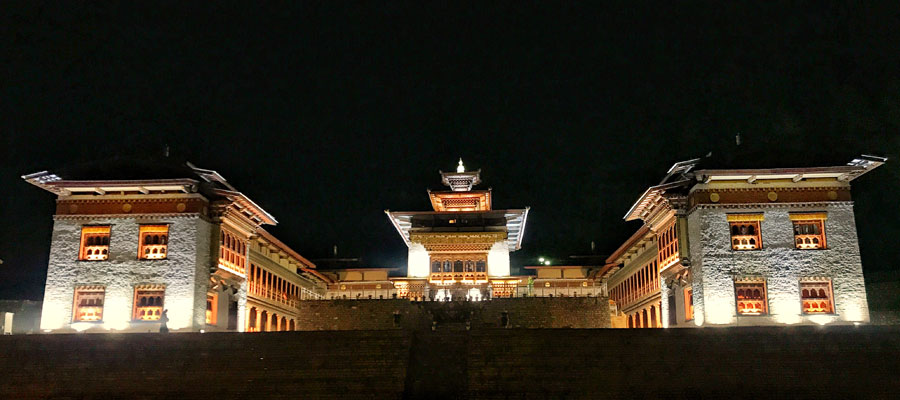
Located in South West of Paro and covering an area of roughly 1706 sq. km, Haa is one of the smallest Dzongkhag in the country. This tiny region is one of the most beautiful and isolated areas in the kingdom, adorned with pristine alpine forests and tranquil mountain peaks.
Haa is the ancestral home of the Queen Grandmother and the illustrious Dorji family. This valley remains one of the least visited areas in the country and retains the air of an unspoiled, primeval forest. The wooded hills of Haa provides an ideal location for hiking and mountain biking. Biking around the valley to visit the dozen or so local temples is an enjoyable way to spend the day when visiting.
Haa is home to a number of nomadic herders and hosts an annual Summer Festival that showcases their unique lifestyle and culture. The festival is an ideal occasion to immerse yourself into the traditions and unchanged lifestyles of nomadic Bhutanese herders, as well as to sample some delectable Haapi cuisine.
Haa’s major feature is the Haa Valley, a steep north-south valley with a narrow floor. The name Haa, connotes esoteric hiddenness. An alternative name for the district is “Hidden-Land Rice Valley.”The main crops grown in the valley are rice, wheat and barley. Other cash crops such as potatoes, apples and chilli’s are also grown by farmers on the valley floor, along terraced hillsides and in some of the more accessible side valleys. The region comprises of the Torsa Strict Nature Reserve, one of the environmentally protected areas of Bhutan. It occupies a substantial proportion of Bji and Sangbay gewogs but there are no inhabitants in the Reserve. Torsa is connected to the Jigme Dorji National Park via a biological corridor, cutting across the northeastern half of Haa District.
Top Attractions
Following are some of the must see top attractions of this district. Do not miss these places when you are here.



